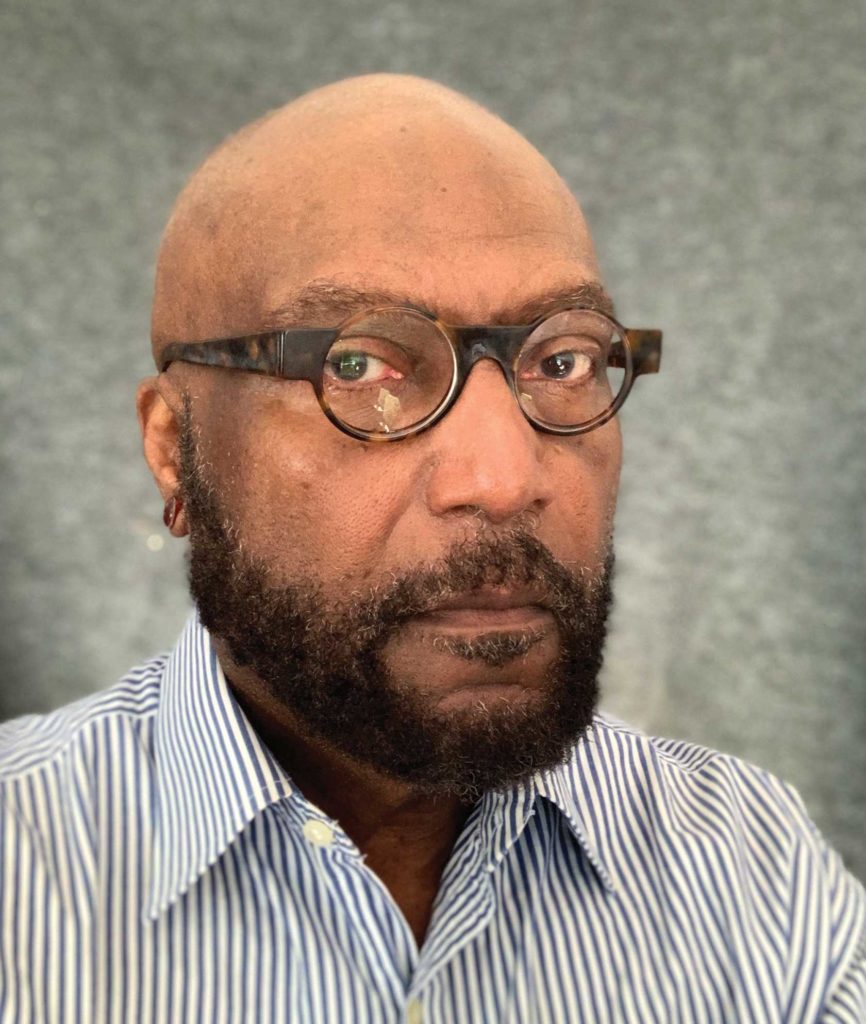
Revolutionary Spaces fellows Darren Cole and James Ellis Coleman opened their site-specific artworks at the Old South Meeting House and the Old State House last week. As 2021 fellows, the artists look at access and participation in these spaces historically and today and respond accordingly in their pieces.
At the Old South Meeting House, Cole’s “When Up, Look Down,” installation showcases a multi-channel video feed. “Enslaved individuals or those less desirable sat in the balconies,” says Cole. “I had this idea pop into my head, what if you could see from the perspective of those that were only able to sit up in the rafters?”
The two-channel stream shows at once a live feed of the view from the balcony and an imagined feed of the individuals who were kept off the main meeting house floor. The piece allows visitors to imagine what a gathering would have been like here as a person of color in the 18th century and to assess in their moment how the experience has changed since then.
For Cole, a Boston transplant, this was his first experience with the Old South Meeting House. But when he put out an open call for local African Americans to participate in his imagined history recording, he found that almost all of them had toured the space in grade school. For the actors, this was a return to a space with former associations, while for Cole it’s a fresh interpretation.
“Everyone comes here to get these histories,” says Cole. “So for them to break for a second and think, ‘Alright, who else is occupying this space?’ I think that gives you a different lens.”
At the Old State House, Coleman’s film installation, “Heard,” looks at a community that spans all genders, races and experiences: the deaf community. The piece was born from Coleman’s research into Martha’s Vineyard Sign Language, a local sign language that was used by deaf and hearing individuals for over a century due to the large deaf community on the island. This unique culture illustrates that accommodating individuals of all kinds into civic life is entirely possible.
“I started looking at a point when they weren’t excluded for a smaller period of time and using it as a metaphor for what could happen if we just brought everybody to the table,” says Coleman. “It made me realize when people have disadvantages, it’s not about what is perceived as shortcomings, it’s about how people treat them.”
The two projects aim to expand visitors’ analysis of the history they’re presented with. There are more communities involved than meet the eye, then and now. The work continues, Coleman says: “We’ve done a lot and we still have a lot to do.”








